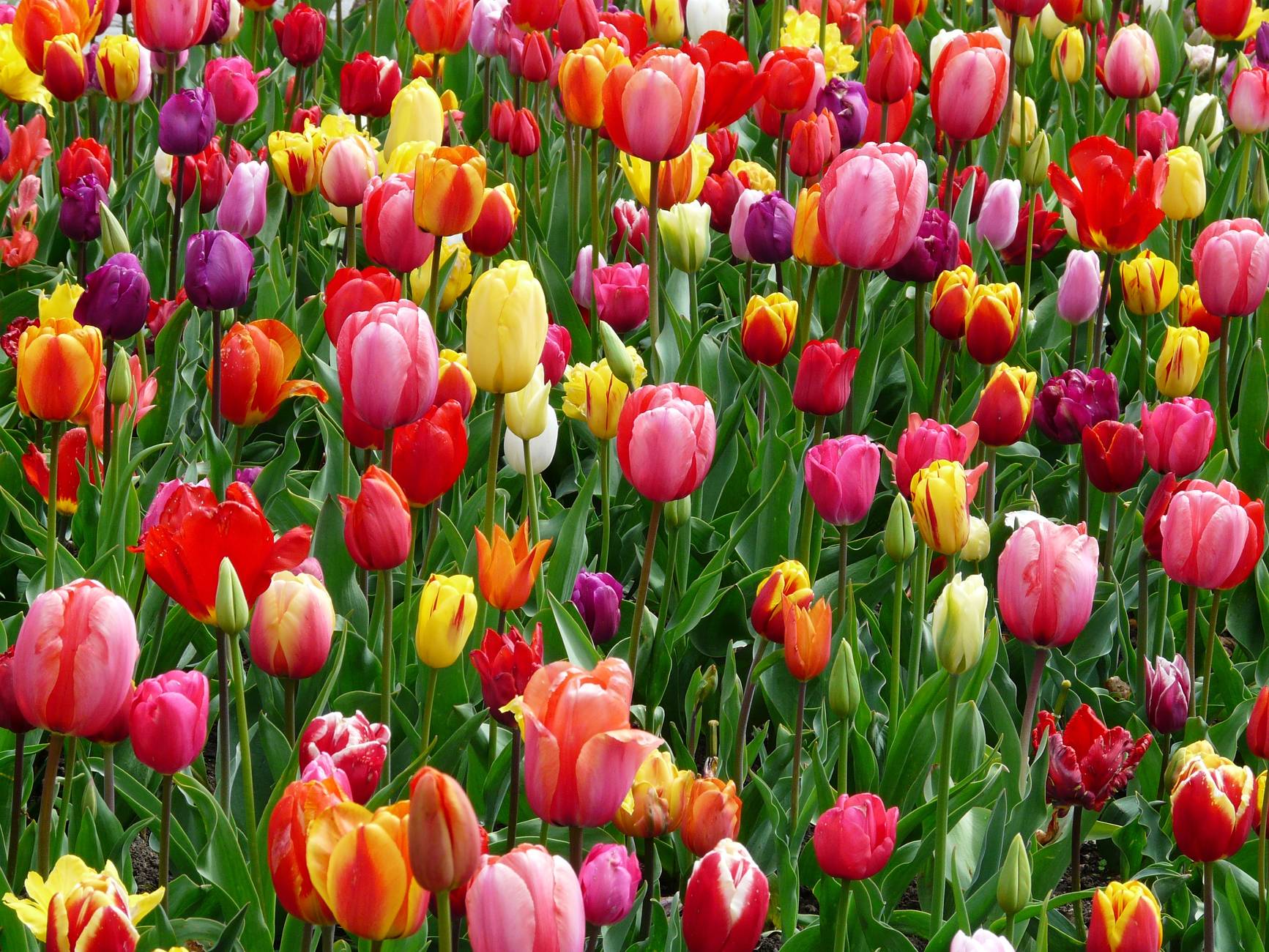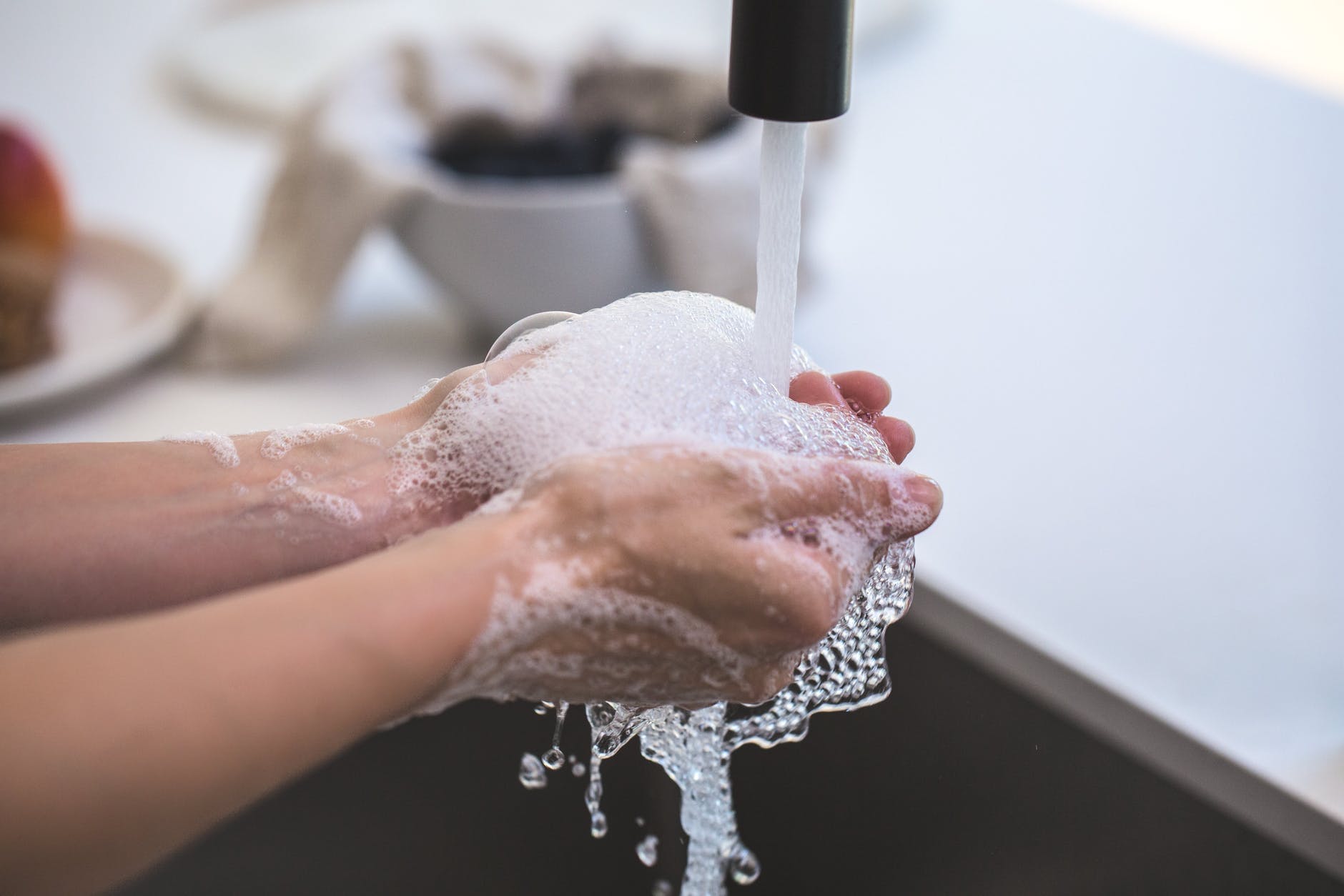Spring is the time to start think about maintenance of your air conditioning and refrigeration systems. Spring is also t time to address leaks that let in hot air and upgrade your weather-striping.
According to the USDOE air condition and refrigeration only account for 10% of your home’s energy use. However, it is the highest home energy cost. About 50% of your electric costs go to air conditioning, ventilation and refrigeration.
See: NJBPU Clean Energy Program spring and summer energy saving tips
https://njcleanenergy.com/misc/residential/energy-saving-tips/spring-savings
https://njcleanenergy.com/misc/residential/energy-saving-tips/summer-savings
Energy Tips:
No-cost/Low-cost EE measures
- Plug up leaks reducing leaks can reduce your energy cost. With some simple tools and low cost weatherstripping you can reduce your air conditioning cost by 10%. You could have a contractor do these tasks also.
- Change you AC filter.
- Install and use a programable thermostat – raise your cooling settings. This can save you 3% on your annual cooling costs for each degree you set your thermostat.
- Hire an HVAC contractor to tune up your AC system – right size your system.
- Change your ceiling fan to go counter- clockwise that help push up the heat away – hot air rises and out.
- Use your bathroom fan – it takes more energy to cool air that has a high moisture content.
- Use a dehumidifier to lower the moisture content in your house.
- Lower your heat from lighting – LEDs are cooler than other bulbs.
Higher cost EE measure
- Hire a Home Performance with Energy Star contractor See https://njcleanenergy.com/residential/programs/home-performance-energy-star/home-performance-energy-star-r
Hire and HVAC contract to replace your heating system and hot water system before the cold weather comes in See https://njcleanenergy.com/residential/programs/warmadvantage

